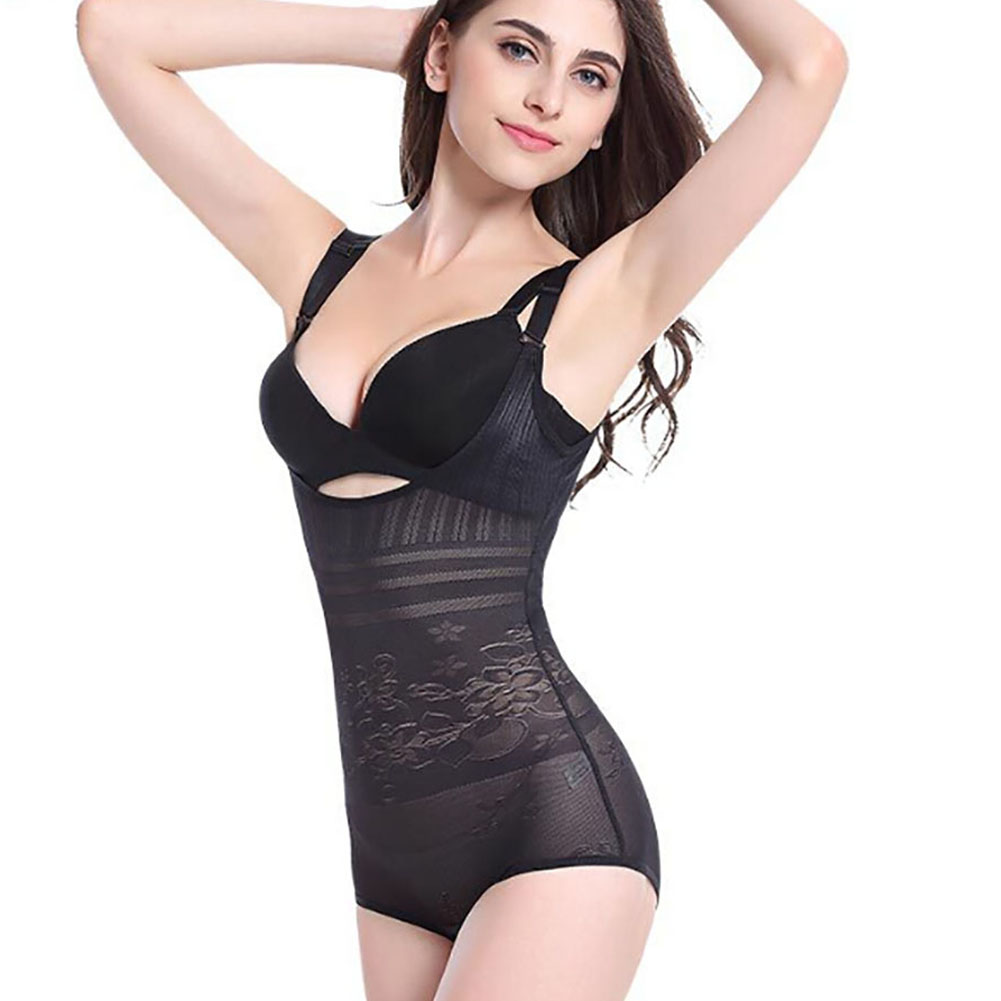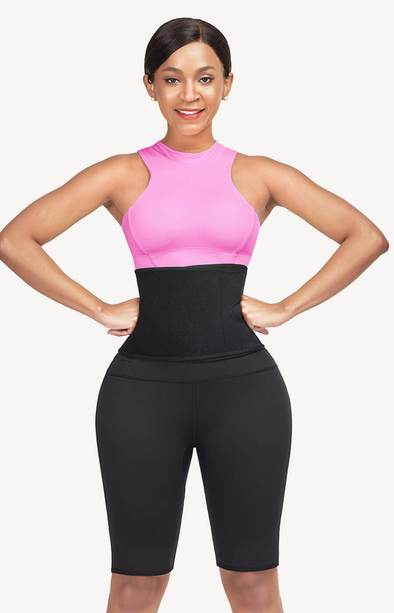The history of shapewear in China can be traced back to the Spring and Autumn Period and the Warring States Period more than 500 B.C., when courtiers and palaces always tightened their belts to keep their waists narrow, the shapewear of that era should be regarded as the embryonic form of shapewear.
Women in the Tang Dynasty liked to wear “half-bare skirt”, so a kind of underwear without belt came into being – “Quezi”. The commonly used fabrics of Terminalia are “woven”. They are slightly elastic and feel thick. When they are worn, they can tie two straps under the chest. At this time, the effect of underwear is a little closer to today’s beauty shapewear.
By the Yuan Dynasty, there was another “Hehuan Jin”. Ming Dynasty shapewear “main waist” shape is similar to the vest, waist side also has a tie to tie all the bands to form a clear waist, it can be seen that women in the Ming Dynasty have a deep understanding of highlighting the way of figure.

In the 1920s and 1930s, women’s shapewear was a small vest, which was narrow in shape, usually with a couple of buckles on the chest and waist, and the effect was concave and prominent. It can be seen that shapewear of all ages has the demand for body-building, but there is no clear definition of body-building underwear.
Fashion designer Christine? Dior once said, “If there is no shape underwear, there will be no clothing industry.” Documents have documented that in the Middle Ages in the West, there were corsets. Although it is impossible to verify whether this early shapewear was similar to the later shapewear, it is certain that their purpose of self-cultivation is the same.
Tight shapewear made of iron and wood were produced in the 16th century. By the end of the 16th century, people began to use whale fashion, steel wire, rattan, etc. to make tights. Their understanding of their function is not only to keep warm but also to shape body curves. At that time, shapewear design was extremely complex. It would take several hours to wear underwear.
In the mid-19th century, great changes were made in the manufacture of shape underwear, with metal rings instead of eye-bands, and Indian rubber and plastics replacing whale bones as supporting materials. In 1850, Britain imported shapewear fastened at the front of the chest. The shapewear on the back, which required servants to wear, were gradually eliminated. This kind of tightness has gradually evolved into today’s beauty underwear.
Obviously, having a perfect figure and showing proud curve are the common dreams and pursuits of women in different ages and regions.
